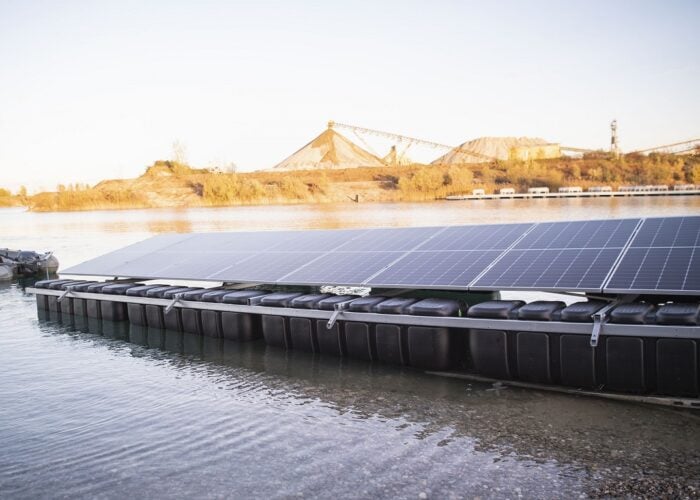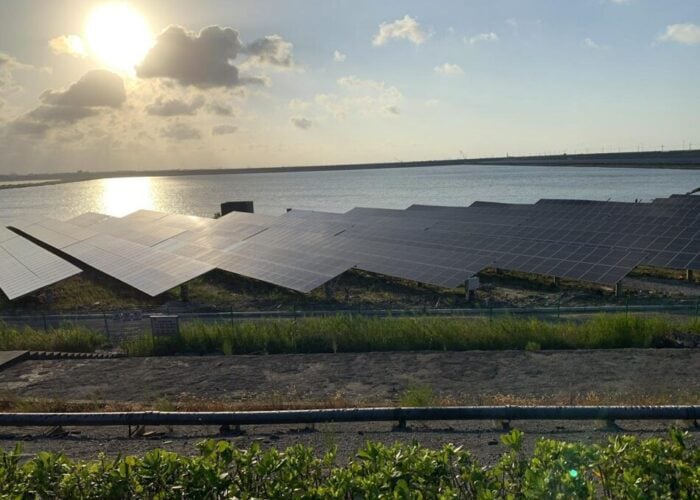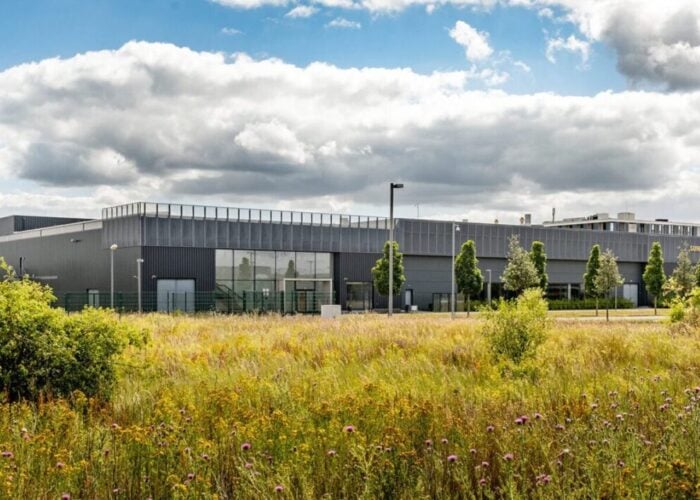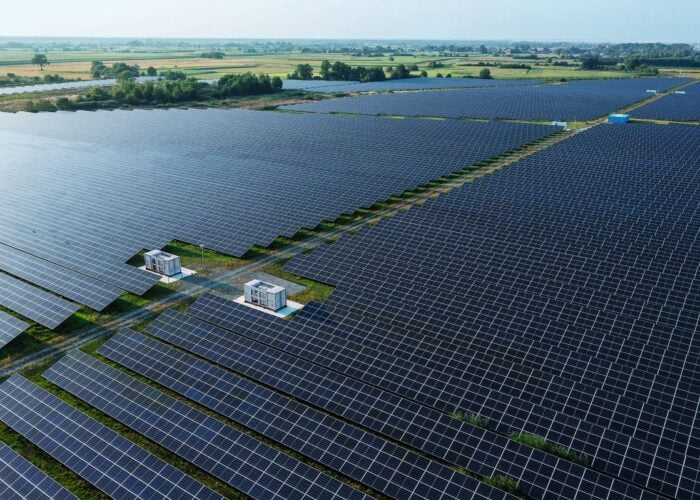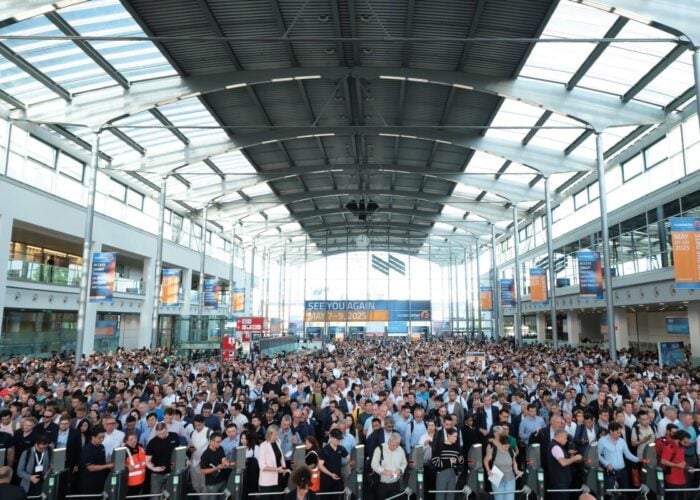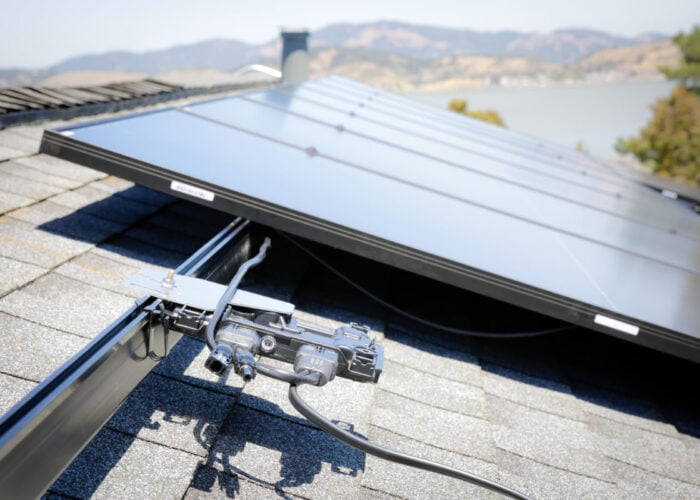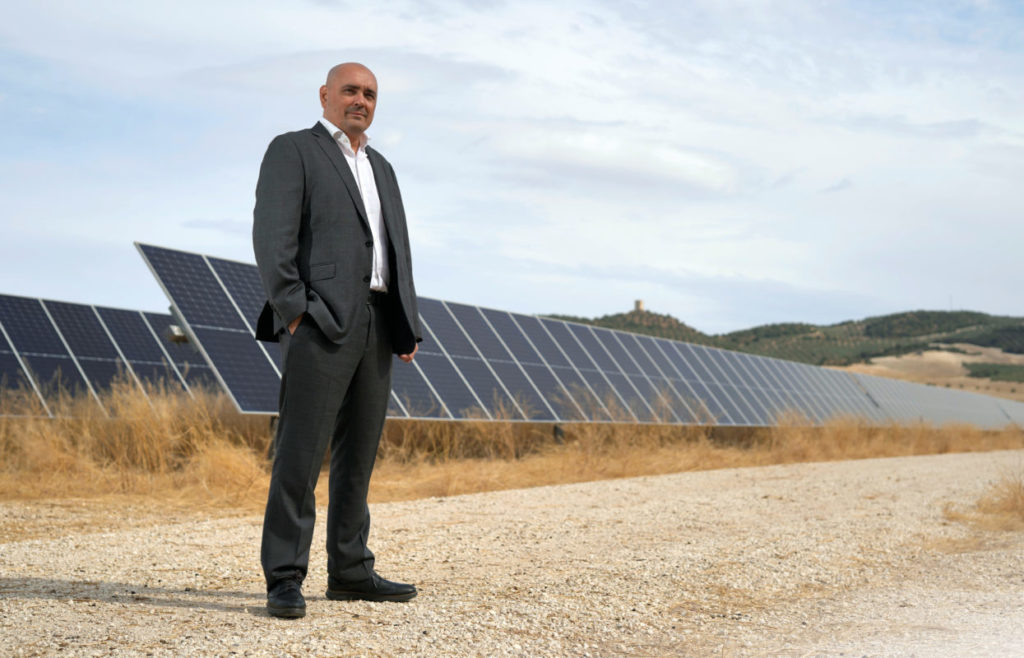
PV Tech: What does the future hold for the tracker industry?
Juan Manuel Gómez García: Having 15 years of experience in the tracker market gives me confidence that the future is bright. Solar growth has consistently exceeded expectations, and policies continuously evolve to enable higher deployment targets. According to IRENA, by 2024 almost 33% of the world’s electricity is forecast to come from renewables, with PV accounting for nearly 60% of that. This has a clear impact on the growth of utility-scale installations and, consequently, on the development of tracker technology.
Unlock unlimited access for 12 whole months of distinctive global analysis
Photovoltaics International is now included.
- Regular insight and analysis of the industry’s biggest developments
- In-depth interviews with the industry’s leading figures
- Unlimited digital access to the PV Tech Power journal catalogue
- Unlimited digital access to the Photovoltaics International journal catalogue
- Access to more than 1,000 technical papers
- Discounts on Solar Media’s portfolio of events, in-person and virtual
Or continue reading this article for free
Analyst reports show that global tracker shipments grew 12% year-on-year, reaching 51GW in 2022. A fifth of this figure was based on deployment in EMEA, representing a 39% year-on-year growth in the region.
The global tracker market is expected to reach an accumulated capacity of 660GW by 2030, with 170GW forecast to be installed in EMEA.
What are the main drivers for tracker demand?
The foremost driver is common ground on energy policies that demand high levels of solar deployment and investment. The advantageous legal framework here in Europe, combined with market dynamics, unquestionably fosters utility-scale PV projects, for example. The European Commission, aligned with the UN, approved the European Green Deal in 2020, which focuses on making the EU climate neutral in 2050. The Green Deal mobilises at least €1 trillion in sustainable investments until 2030.
Then, in March 2022, the Commission presented RePowerEU to achieve energy independence and achieve solar capacity targets of 400GW by 2025, and 740GW by 2030. To reach this goal, the EC estimates that €210 billion needs to be invested between now and 2027. The Recovery and Resilience Facility (RRF) is at the heart of the implementation of RePowerEU, providing additional EU funding. Member states can use the remaining RRF loans (currently €225 billion) and new RRF grants funded by the auctioning of Emission Trading System allowances, currently held in the Market Stability Reserve, worth €20 billion.
Utility-scale PV has become an attractive investment area since installation and interconnection times are short, it involves low risk and energy production can be forecast reliably.
The 660GW of tracker installations by 2030 mentioned earlier represents a US$60 billion opportunity globally, and a US$12 billion opportunity in EMEA specifically.
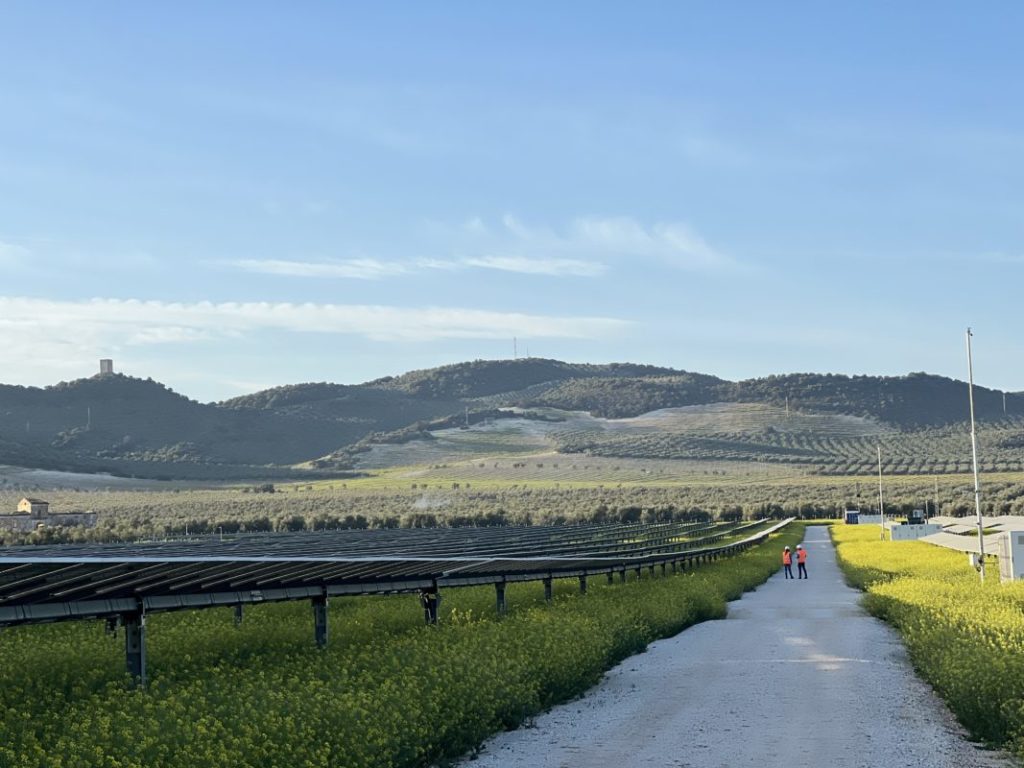
Investors look for the latest technology to minimise the cost of the energy they produce, reducing Balance of System costs while maximising energy production throughout the 25-35 years of a solar asset’s life span. Module prices are stabilising, but still constitute a large proportion of the expense, which makes the investment in trackers more durable. Capital costs for fixed-tilt systems are generally lower than for trackers, but overall performance is also around 25% lower in most cases.
Indeed, tracking systems combined with artificial intelligence have already proven to significantly increase power gain. As a result, when combining fixed and variable costs into a single measurement, the levelised cost of energy (LCOE) for a tracking system will be lower than that provided by a fixed-tilt system.
Perfectly flat sites, located in places with high direct radiation, are not common. Therefore, to increase market demand, tracker technology has evolved to enable the use of sites with uneven and difficult terrain in areas with strong wind or highly diffuse irradiation.
Where and how is TrinaTracker positioned in this context?
TrinaTracker manufactures, develops and implements high-tech, intelligent, integrated and tailor-made tracking solutions that maximise energy production and reduce costs.
We aim to become one of the main tracker players across all regions. We already operate in EMEA, North America, Asia Pacific and China and have implemented more than 400 projects worldwide with a total capacity of around 9GW. We have recently signed projects we expect to become significant milestones in their geographical markets, like the Samsung PV plant with 875MW of capacity in Qatar and the Santa Lucia project with 520MW in Brazil.
We, as well as our parent company, Trina Solar, are positioned in the market as an ‘innovation pioneer’, and we are proving our supply chain efficiency by reaching every corner of the world. In addition to our local suppliers, we support in-house production, with two manufacturing centres in Viana and Navarra in Spain and one in Changzhou in China boasting an annual production capacity of 8GW.
Can you explain TrinaTracker’s growth strategy?
TrinaTracker provides peace of mind for our clients by ensuring that our offer includes the best possible solution to achieve the lowest LCOE in all projects throughout the whole operating phase. We focus on gaining trust by proving the reliability of our solutions and the efficiency of our services.
Our offer includes state-of-the-art-trackers (Vanguard 1P, Vanguard 2P and Agile 1P), a smart tracker algorithm (SuperTrack) and a SCADA system (Trina Smart Cloud) – and our business model has nothing to do with selling individual tracker products. Our solutions are thoroughly studied, specific to each project and extensively tested in-house.
Although TrinaTracker has its headquarters in China, we act as a local company in the markets in which we operate and carefully study legal frameworks to comply with all the industry regulations in each country.
How do you contribute to the growth of solar in Europe?
Europe is very much a prioritised region in our business plan, with the company allocating a substantial amount of resource to the market.
We are members of Solar Power Europe and most solar associations on the continent and are aligned with the United Nations Convention on Climate Change, the Green Deal and the RePowerEU plan.
Where do you think the tracking technology sector is heading?
Besides maximising production, tracker technology aims to have no barriers to installation. Optimising systems is key to having PV plants at sites that were never thought feasible. Lakes, oceans, mountains, deserts, snowfall and hail, strong winds, soft or sloping ground, low or diffuse irradiation, the vicinity to animals or food production and environmental considerations no longer pose significant obstacles to installing trackers.
There is an artificial intelligence race to achieve total angle accuracy for maximising energy production on overcast days and at dusk and dawn. The tracker industry also focuses on smart monitoring that predicts potential failure and remotely controls the installation to lower O&M costs.
I’d say the word ‘integration’ defines the tracker roadmap. We must work not only towards total integration among tracking solutions, but also to achieve perfect compatibility with the latest module, inverter and storage technology.

